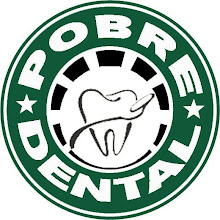 Odontectomy
OdontectomySurgical removal of impacted tooth or tooth that fails to erupt into the dental arch within the expected time. Teeth most become impacted because of inadequate dental arch lenght and space in which to erupt; that is the total alveolar bone arch lenght is smaller than the total arch lenght. The most frequently impacted teeth are upper and lower 3rd molar or wisdom tooth, followed by upper canine and lower premolar. As general rule all impacted tooth should be removed unless it is contraindicated.
Indication for removal of impacted tooth1. Prevention of Periodontal Disease
2. Prevention of Dental Caries
3. Prevention of Pericoronitis
4. Prevention of Root Resorption
5. Impacted tooth under Dental Prosthesis
6. Prevention of Odontogenic Cyst or Tumors
7. Prevention of pain of unexpected origin
8. Prevention of fracture of the jaw
9. Facilitation of orthodontic treatment
10. Optimal Periodontal healing
Contraindications for Removal of Impacted Teeth1. Extreme of age
2. Compromise Medical Status
3. Probable excessive damage to adjacent structures





























